Rodgers & Hammerstein: The Golden Couple Of Broadway’s Golden Age
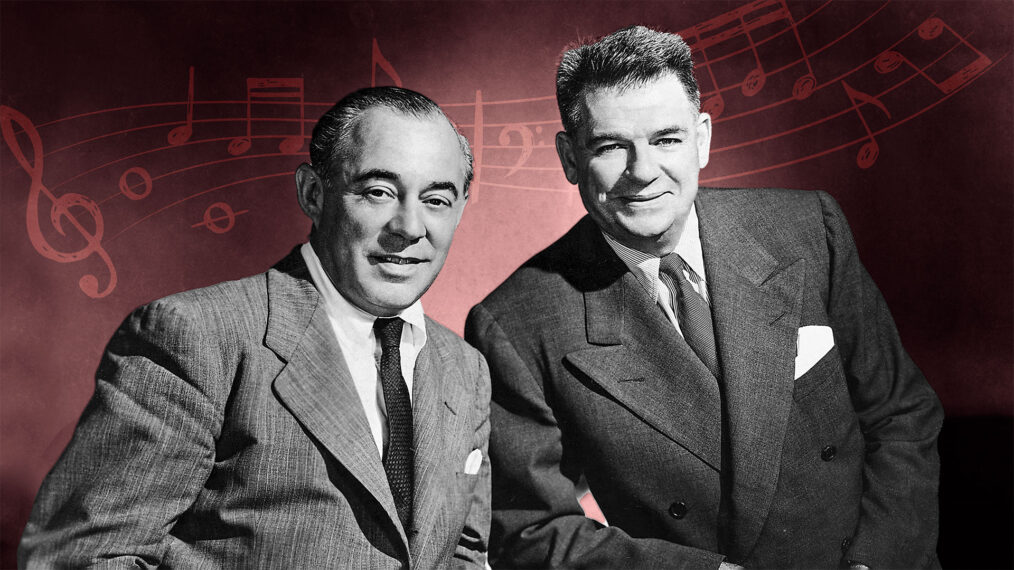
The duo of Richard Rodgers (born June 28, 1902) and Oscar Hammerstein II (born July 12, 1895) was an influential and successful Broadway theater writing team. Rodgers was the composing side of the pair, with Hammerstein as the lyricist. They first joined up to work on Oklahoma!, which opened in 1943. It ran for 2,212 performances before closing in 1948. Popular songs from the musical include “Oh, What a Beautiful Mornin’,” “The Surrey With the Fringe on Top,” “People Will Say We’re in Love” and the self-titled “Oklahoma!” Rodgers and Hammerstein received a special Pulitzer Prize in 1944 for writing the musical.
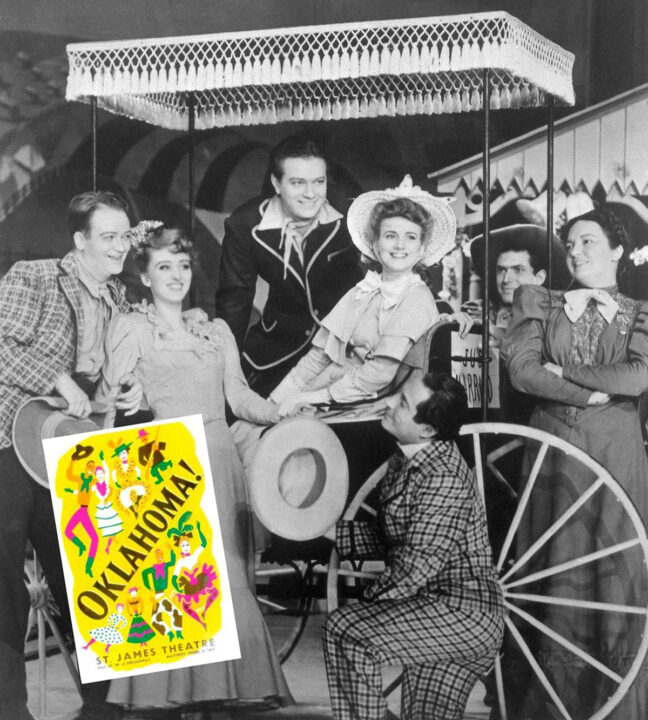
Bettmann/Getty
Original company in the 1943 production of Oklahoma
Their next project was Carousel, running from 1945 until 1947. Its most popular songs were the instrumental “The Carousel Waltz,” “If I Loved You” and “You’ll Never Walk Alone.” Rodgers and Hammerstein followed that up with the film State Fair, the only time the pair wrote a score directly for a movie. It was a success and won the duo their only Oscar, for the song “It Might as Well Be Spring.”
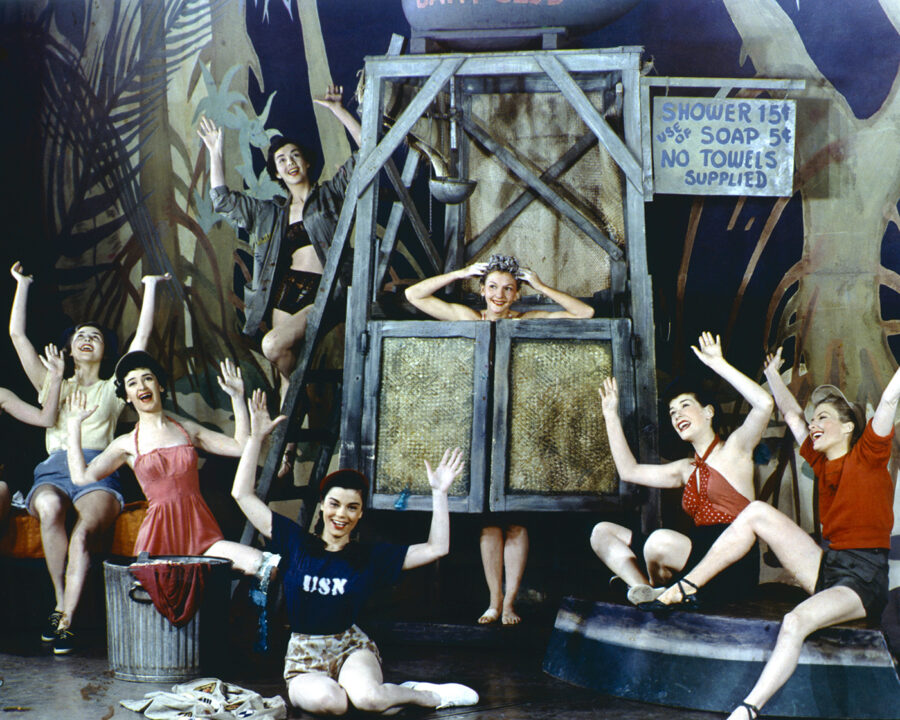
Silver Screen Collection/Getty Images
American actress and singer Mary Martin takes a shower in a scene from the Broadway musical ‘South Pacific,’ 1949
Next up was a string of huge successes, beginning with 1949’s South Pacific, which ran for nearly five years. Songs like “Bali Ha’i,” “Younger Than Springtime” and “Some Enchanted Evening” are now considered classics of the genre. South Pacific was followed by The King and I in 1951. This production featured the hit songs “I Whistle a Happy Tune,” “Getting to Know You,” “Something Wonderful,” “I Have Dreamed” and “Shall We Dance?”
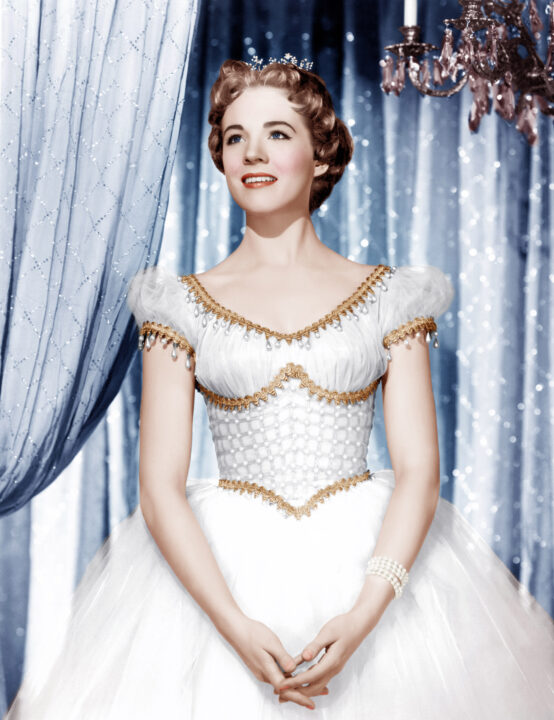
Everett Collection
Rodgers and Hammerstein then collaborated on their only project for television, Cinderella (1957). The production starred Julie Andrews as Cinderella, with Rodgers stating, “What won us over was the chance to work with Julie.” More than 107 million people watched the broadcast.
In 1958 came Flower Drum Song, directed by Gene Kelly. It featured a mostly Asian cast and was a successful show, but it did not achieve the popularity of other Rodgers and Hammerstein collaborations.
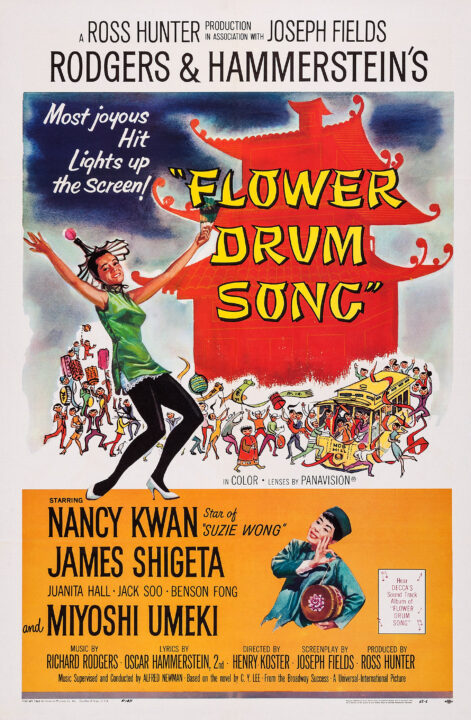
Everett Collection
Flower Drum Song film version came out in 1961 and was the first major Hollywood feature film to have a majority Asian-American cast
The pair’s final work together came with The Sound of Music, and since debuting in 1959 the show has been frequently revived. In 1965, it was made into a feature film with Andrews, and won five Oscars. Hammerstein died in 1960, before the film was made, so when Rodgers was asked to write two more songs for the film, this time he wrote the music and the lyrics. The Sound of Music has more hit songs than any other musical of Rodgers and Hammerstein, including the title song, “Do-Re-Mi,” “My Favorite Things,” “So Long, Farewell” and “Sixteen Going on Seventeen.” “Edelweiss” was the last song the pair wrote together. Rodgers passed away in 1979.
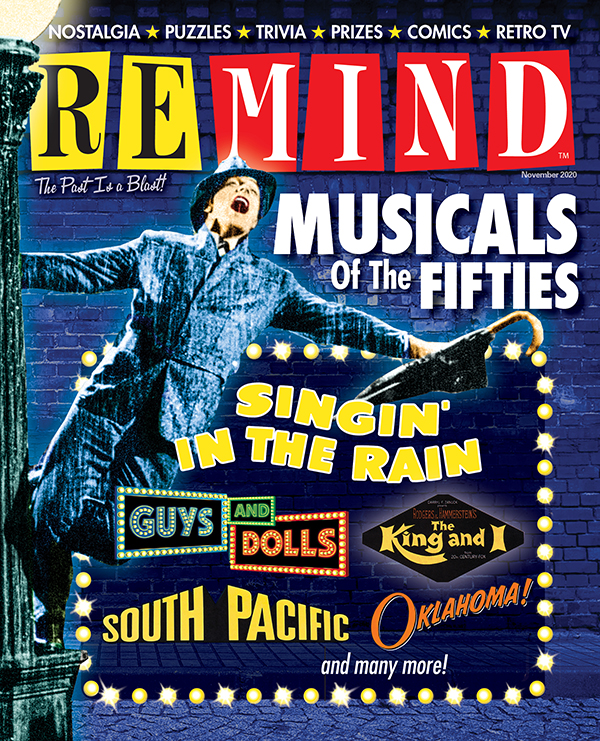
1950s Musicals
November 2020
Bright and brassy, toe-tapping musicals from the 1950s
Buy This Issue